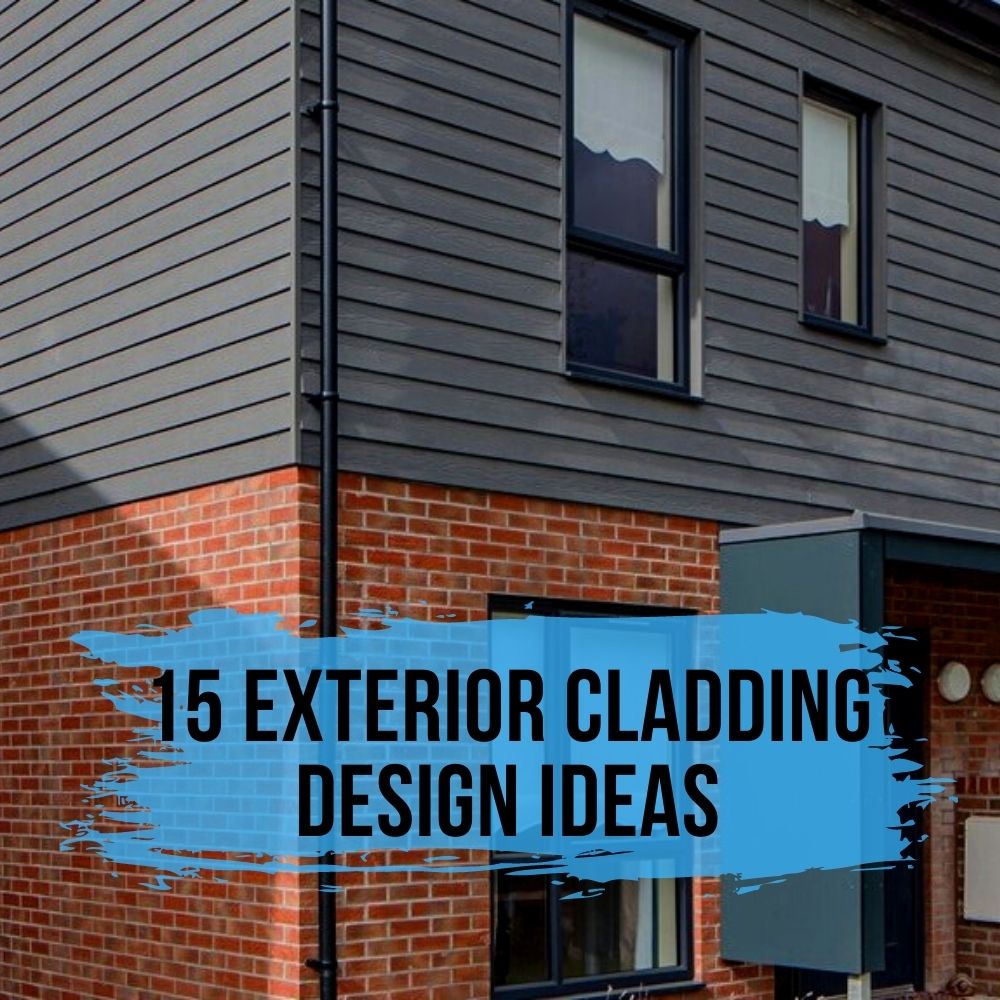15 Exterior Cladding Design Ideas
We’ve been around for over two decades and have seen the incredible evolution of exterior cladding designs. It’s not just about protecting our structures anymore; it adds charm and personality to our spaces .
Over the years, we’ve witnessed a revolution in architectural trends, from modern designs’ chic simplicity to natural textures’ timeless appeal. And guess what? We’ve gathered the best of the best just for you!
Are you an architect looking for fresh ideas? Or perhaps a homeowner eager to revamp your space? Well, you’re in the right place.
Join me as we dive into the artistry of exterior cladding, where traditional craftsmanship meets cutting-edge materials. Each idea I present isn’t just a concept; it’s a potential transformation for your home or building. And the best part? These ideas are more accessible than ever before!
In This Article
What's Interesting About Exterior Claddings
As experienced cladding installers, we’ve seen that exterior cladding design ideas have evolved significantly during the last decade. What’s in now can lose its trend a few years from now.
Exterior cladding design ideas have evolved significantly during the last decade. Whether it’s a newly built structure or one that needs remodeling, choosing the right design and appropriate materials can excellently transform the aesthetics of your construction. Exterior cladding designs can be created from various materials, such as Colorbond wall cladding, but your home may be significantly altered by the wall cladding design you choose.
However, like what we often tell our clients, a structure’s exterior is much more than initial impressions and curb appeal. Exterior wall cladding is a high-performance material that protects the building and its interiors from the elements: the sun, rain, wind, temperature extremes, fire, moisture, noise, pests, and even pollutants.
We have proven and tested that exterior cladding is an excellent insulator. It protects against structural damage and boosts interior energy efficiency. It is a versatile and cost-effective alternative for enhancing the function and durability of your property by improving its tolerance and resistance to external impacts. With proper maintenance, we are happy to see that most of our previous exterior cladding projects are impeccable, even after several years.
Installing Cladding on Your Next Project
Exterior cladding designs may be created from various materials, but with so many possibilities now accessible to architects, choosing the right one for your next project can be challenging.
Choosing a cladding material isn’t only a matter of deciding on a budget; it’s also a matter of considering other factors. We consider local climate since your cladding material must withstand specific circumstances such as exposure to corrosive sea air, high winds, seismic impacts, and severe temperatures and colds. Cladding products that exceed fire-resistant criteria minimize the environmental effect of buildings and provide safety.
Let us dig deeper into understanding the exterior cladding or recladding design options for your next project.
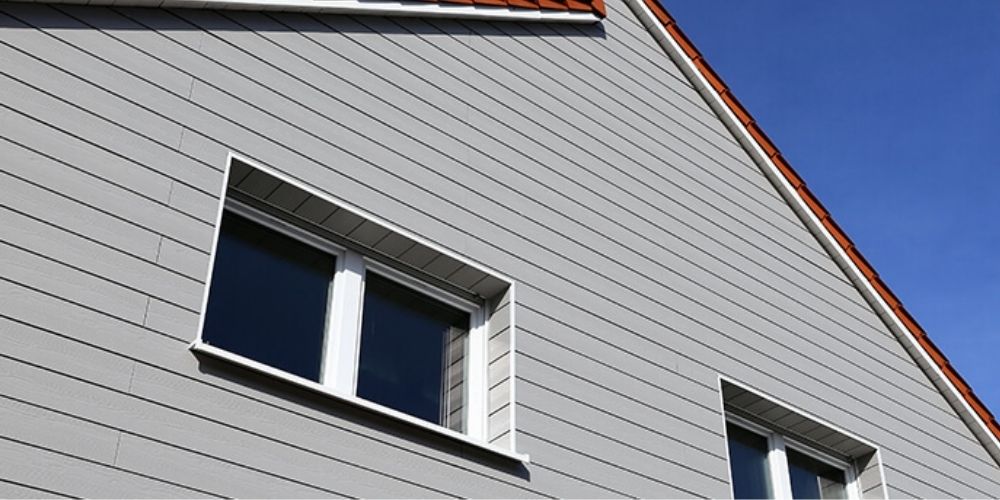
Cladding Types
Now, I know the term “cladding types” might sound a bit technical, but stick with me because I’m here to break it down in the simplest way possible.
Imagine you’re trying to pick the right outfit for a special occasion. You want something that looks good and keeps you comfortable in different weather conditions. Cladding for buildings works in a similar way. It’s like choosing the perfect ‘outfit’ for your home or office that enhances its appearance and provides essential protection.
Wood Exterior Cladding

You can use wood cladding creatively to take your house or commercial property’s exterior to the next level, from a sophisticated, subtle finish to a dramatic, eye-catching design.
Hardwood has long been a popular choice for exterior cladding. It is still popular today because it’s a tried-and-true option that has been relied on for decades. While hardwood exterior cladding is traditional, it does not necessarily have a traditional look. Hardwood is now available in various shapes and patterns that blend well with contemporary interior design. When done correctly, Hardwood may be used as a modern external cladding across properties.
Wood cladding is timeless. You can go for a subtle finish or something bold and eye-catching. It’s not just about tradition; hardwood cladding today comes in various shapes and patterns, blending perfectly with modern designs. Plus, it’s termite-resistant and can withstand earthquakes. Just a tip: a good stain or paint job can keep it looking fresh for years.
Brick Wall Cladding
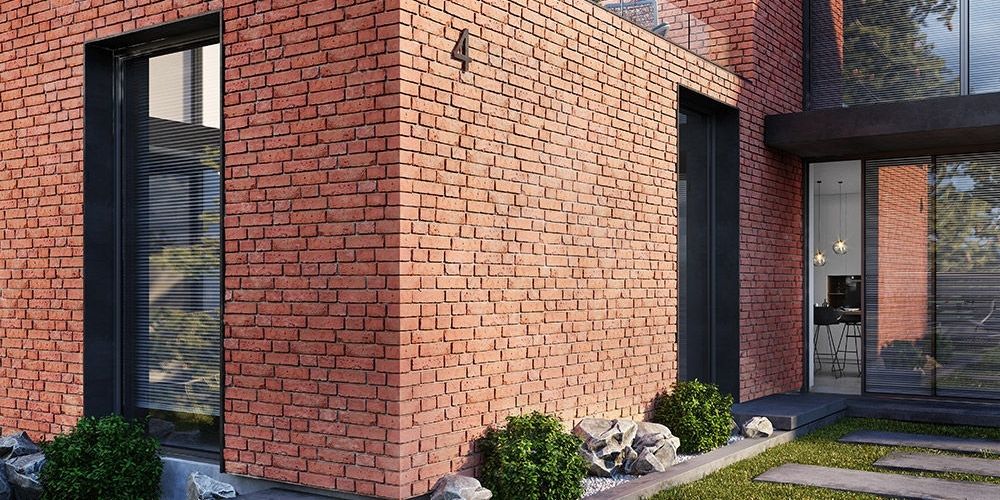
Brick cladding is like bringing the essence of a classic, timeless era to your home. It gives your house a sturdy, traditional vibe. While it might be a bit heavier on the pocket and labor-intensive, the elegance it adds to your home is unmatched.
If you opt for colors, bricks have more options available, making them excellent for home and commercial buildings. Brick is one of the most well-known and long-lasting options out there. Brick cladding is thermally efficient, fire-resistant, and weatherproof. They also provide excellent sound insulation. Additionally, bricks may be reused, recycled, or broken to make or manufacture new bricks.
The ability of brick to generate patterns via various stacking configurations gives it a wide diversity of aesthetics. One may render over them for a timeless aesthetic or go for exposed brickwork. Unpainted bricks are lightweight, simple to work with, and need low maintenance.
Bricks are available in various colors, sizes, finishes, and textures, making them ideal for various design projects.
Brick cladding is ideal in fire-prone places and has the most satisfactory waterproofing characteristics. This artwork is available in various colors, sizes, textures, and finishes, adding to its versatility. Bricks are generally made of non-toxic recycled materials.
Mixed Material Cladding
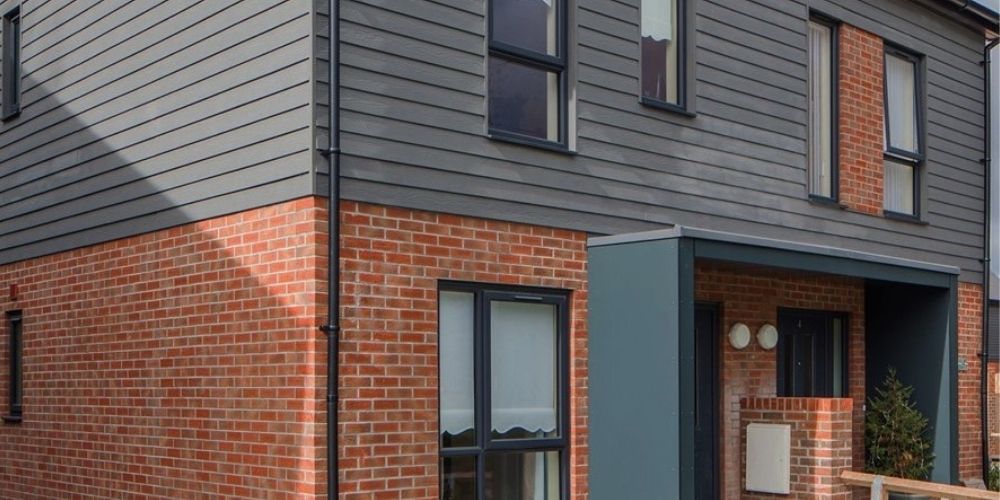
Horizontal lap cladding adds length to a building, but it may seem shorter in one-story dwellings. The cladding may be used in conjunction with other materials to elevate the wood a few feet above ground level before it begins to help produce apparent height. There may be no molding or trim board here, and the materials used, such as brick or natural stone at the bottom of the structure, may be basic and subdued, all of which add to the facade’s contemporary look.
Fibre Cement Wall Cladding

Have you heard of fiber cement wall cladding?
Fiber cement wall cladding, commonly known as Harditex cladding, is a high-performance, low-maintenance external cladding system with 14 horizontal and vertical grooved boards and rectangular and square panels.
These cladding boards and panels, made from a unique fiber cement formulation, exceed BAL 40 fire regulations and have a fire rating of up to 60 minutes while used with Smart wall systems. The Fibre Cement Wall Cladding series is available in various wood finishes and may be nailed to wood frames or attached to light gauge steel frames. The boards are pre-primed and ready to paint.
Boards and Battens Cladding
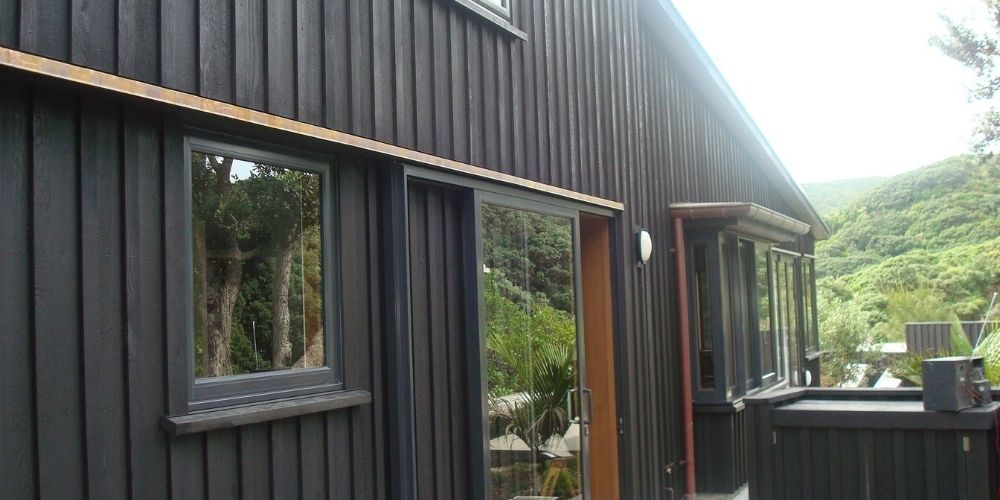
A vertical cladding installation may contrast the façade of long, sweeping homes that are modern in style. A stunning board and batten installation determines the building’s horizontal lines and provides texture and depth to the exterior. The bigger, thicker battens give the traditional siding pattern a contemporary touch.
Lightweight Brick-Finish Exterior Cladding
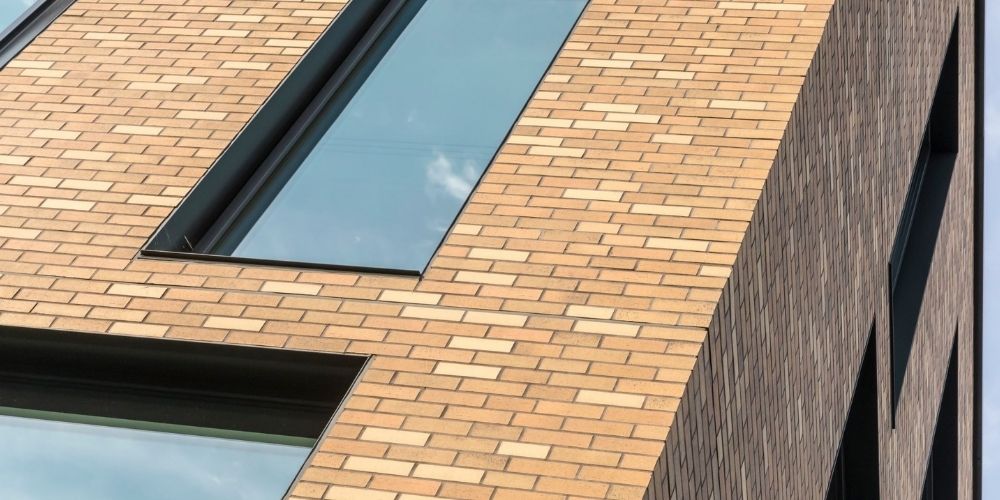
High-rise structures and restorations may benefit from the magnificent brick finish provided by Corium, a lightweight ventilated rain-screen facade system. Brick tiles designed for the Corium system automatically clip onto a galvanized steel or stainless steel backing, and mortar is pumped in using a pump to complete the installation process.
Using the corium brick finish cladding system, you can create custom designs with a wide range of colours and textures. Compared to typical brickwork, corium saves both time and money in the building process. Concrete, wood frame, structural steel, lightweight steel frames, and masonry are suitable substrates for lightweight cladding.
Prefinished Fibre Cement Panels

Concrete cladding or prefinished fiber cement panels have a magnificent raw cement surface that sets them apart from others. Cement, sand, cellulose fiber, and water are the raw materials for prefinished fiber cement panels, which weather naturally and fit into the landscape. The stone finish provides a sophisticated contrast to any modern or classic design scheme.
Fibre cement panels prefinished for building facades are light, durable, low-maintenance, and simple to install. Prefinished panels are weather-resistant, making them ideal for external cladding.
Aluminum Architectural Cladding
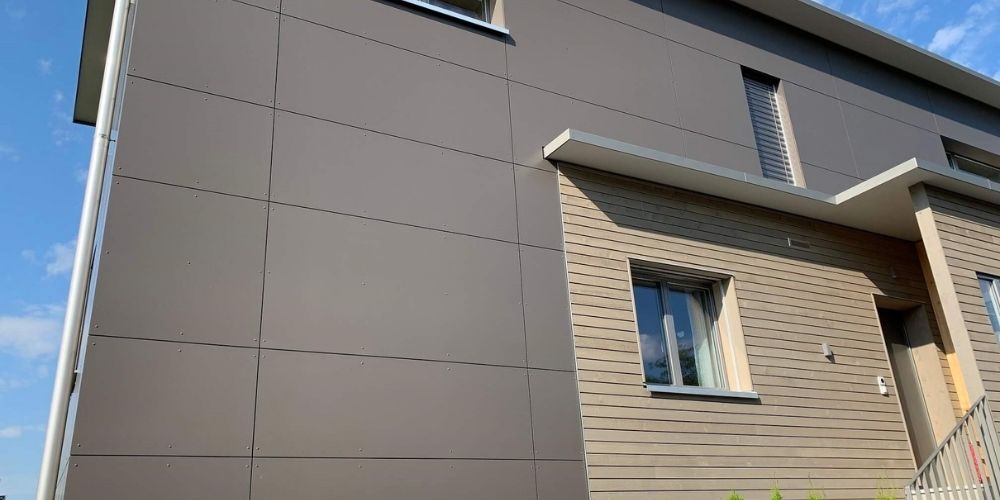
Aesthetics, durability, weather resistance, and ease of care are all factors to consider when selecting an exterior cladding material. Aluminum Architectural Cladding may be a perfect choice. With various long-lasting wood treatments to choose from, an aluminum architectural cladding system provides the highest fire rating testing certification.
This type of architectural cladding Melbourne services provides an interlocking tongue-and-groove design for hidden attachment and a clean wood finish. To satisfy design requirements, the profiles may be mounted vertically and horizontally.
Commercial and residential buildings may benefit from the non-combustible aluminum architectural cladding’s authentic timber treatments, including White Oak, Beechwood, Walnut, Sapele, Mahogany and Cherry, and Antique Grey Charred. A heat transfer procedure is used to produce the appearance of natural wood.
Aluminum and Zinc Cladding
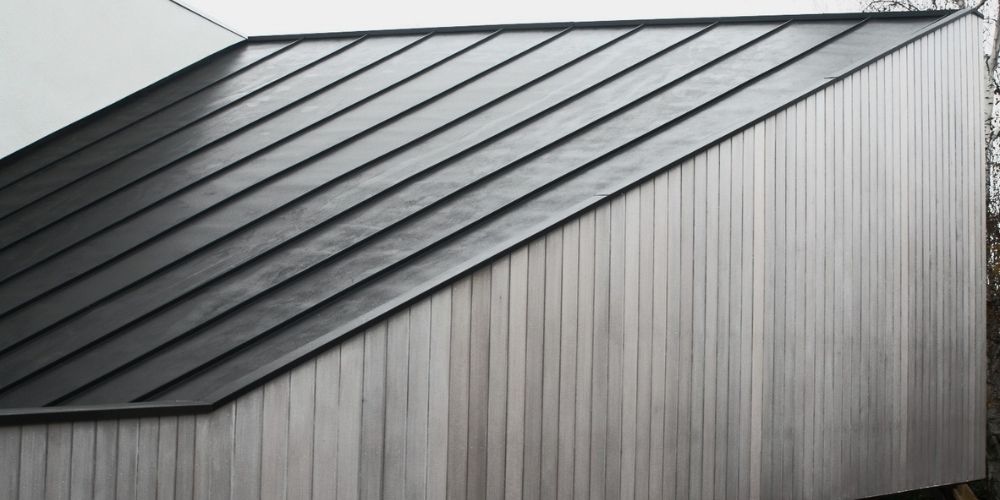
Aluminum and zinc cladding, like steel cladding, may be incredibly robust and need little to no upkeep. Exterior cladding created from aluminum and zinc is excellent in corrosive situations and may be almost waterproof. But this cladding encourages condensation and is not the most effective insulator.
Ceramic Cladding

Ceramic tiles have been utilized for wall cladding since ancient Egypt. Terracotta rain-screen cladding and brick slip systems have become popular in recent years. Ceramic rain-screen cladding systems effectively protect a building’s structure from the elements while also providing pleasing aesthetics.
Vinyl Wall Cladding

Using vinyl cladding for exterior cladding is one of the most durable and popular options on the market. Timber-look cladding and weatherboards with natural wood grain textures are now available in the form of vinyl wall cladding. Cladding brick houses with this high-end cladding line provides both thermal and acoustic benefits, making it ideal for Australian homes.
Vinyl Wall It cladding is low-maintenance, long-lasting, and comes with a 50-year guarantee. CFC-free solid foam insulation is combined with vinyl cladding to prevent peeling, cracking, rotting, splitting, or splintering. Weatherboard, corrugated iron, concrete, and brick can be fitted with vinyl cladding.
Natural Stone Cladding
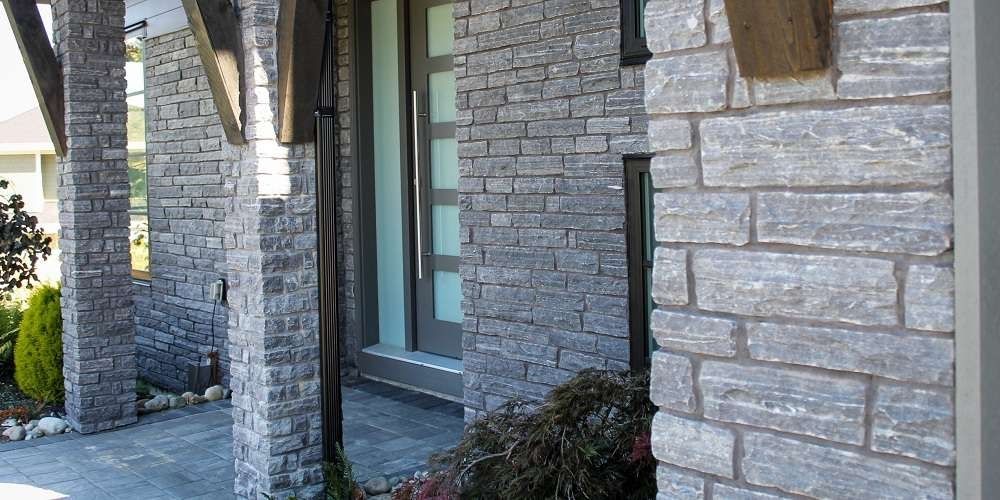
Sandstone, bluestone, slate, and quartzite are all-natural stone cladding. Natural stone cladding may be used for a wide range of applications, including walls around pools or retaining walls and staircases and around columns or fountains. You should choose a natural stone that blends well with your surroundings. As a result, the discoloration of high-density stones is less likely to occur. Cleanliness is more straightforward when using darker natural stone cladding. On the other hand, lighter colors will need more frequent cleanings to keep them from staining.
Natural stone or tile cladding enhances the value of contemporary houses because of their dramatic appearance. On the other hand, natural stone is very durable, functions as a superb insulator, resists fire, withstand abrasions and scratches, and can be readily maintained. On the other hand, natural stone may be more costly and require more work than other wall cladding materials. Structural support is also required for natural stone cladding.
3D Exterior Cladding

In today’s architecture, three-dimensional cladding is becoming increasingly popular. 3D exterior cladding design, on the other hand, maybe a bit of a divide in the design world; you either accept or reject it. Some very great projects utilize 3D exterior cladding and some horrifying ones. Nonetheless, the inventiveness shown by the utilization of flexible materials is commendable.
Metal Cladding
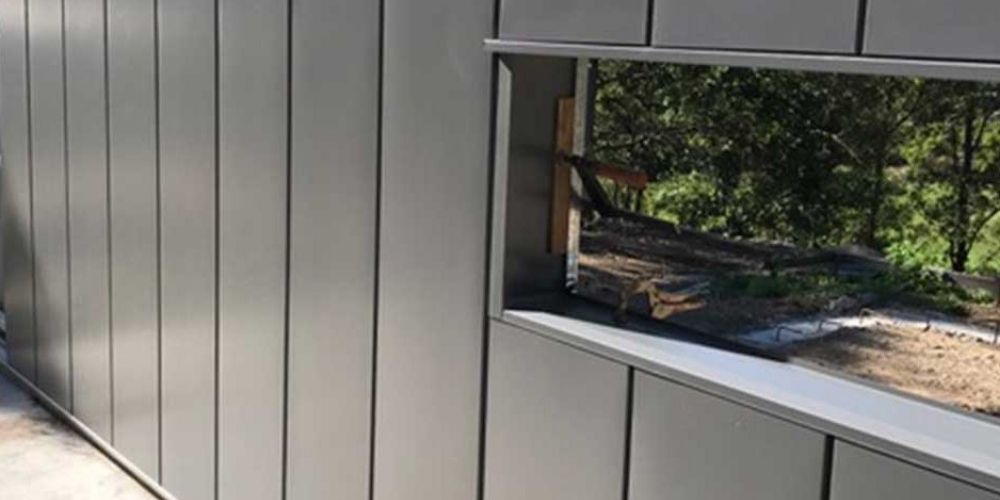
Historically, metal cladding (Colorbond steel cladding) has been used to construct exterior facades on various structures. Our personal favorite, metal cladding, significantly extends design options with a palette of 22 standard colors and five matt tones. Steel cladding has various advantages, including a long lifetime, resistance to chipping, flaking, and blistering, fire resistance, ease of maintenance, and low weight.
Metal cladding produces weather-tight and secure building envelopes when fitted to the manufacturer’s requirements. The sun-reflecting colors in the metal Cladding (colorbond steel) palette help to improve thermal efficiency and occupant comfort and colorbond steel is 100% recyclable.
Metal Mesh Cladding
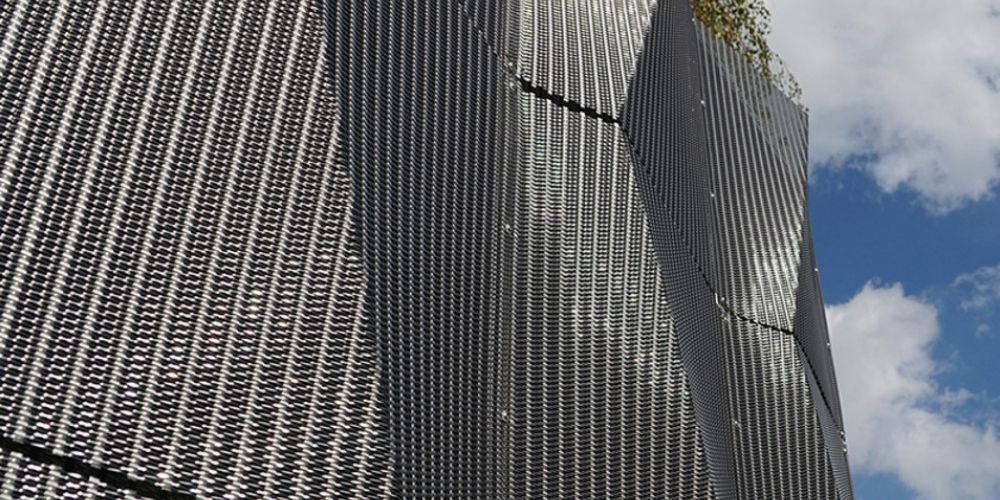
Now, this is where things get interesting. Metal mesh cladding is incredibly versatile. You can mold it into various shapes, creating visually stunning architectural designs. Privacy screens, sun protection – you name it, the metal mesh can do it.
Our Expert Exterior Cladding Tips
We get it – choosing the right exterior cladding for your home can be a daunting task. But fear not because we’ve got your back.
Here’s our ultimate guide just for you:
Recognize Your Needs
Recognize your home’s requirements before exploring cladding solutions. Is insulation a top priority? Are you trying to find a low-maintenance answer? Your options will be more limited if you are aware of your needs.
Budget Wisely
Make a sensible spending plan. The price of cladding can vary greatly, so having a set budget in mind can make it easier for you to consider solutions that won’t break the bank.
Consider Climate
The way various cladding materials respond to the weather varies. AL weather where you live. Some materials hold up better in the rain, while others perform best in the sun. The key to longevity is selecting a cladding material that can survive the temperature in your area.
Maintenance Is Important
Regarding the level of upkeep you’re willing to provide, be sincere. While wood and brick may need more attention, vinyl and metal claddings are minimal maintenance. Choose a material that works with your maintenance schedule and ability.
Consider Aesthetics
The cladding has two purposes: protection and aesthetics. Consider your home’s architectural design and the desired aesthetic appeal. There is cladding material that complements your aesthetic preferences, whether you want a rustic, modern, or traditional appearance.
Consult Professionals
Consult experts if you need clarification on something. Experts in cladding, like us, with extensive experience, can offer insightful advice suited to your requirements. They may aid in material selection and assure appropriate installation, increasing the effectiveness and durability of your cladding.
Sustainability Matters
Consider sustainable cladding solutions in today’s environmentally sensitive world. Recycled metal, repurposed wood, and eco-friendly composites are just a few materials that help the environment and give your house a distinctive look.

